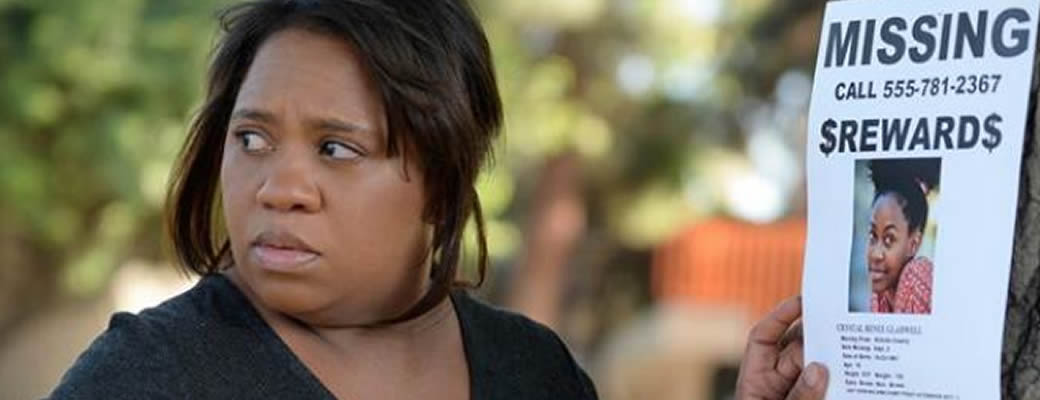Who Will Save Our Missing Children of Color?
The Root
The Shadow League
July 5, 2014
A few weeks ago while attending the American Black Film Festival in New York City, I witnessed the short film Muted. Written by Brandi Ford, featuring Grey’s Anatomy star Chandra Wilson and Malcolm-Jamal Warner, and directed by Rachel Goldberg, Muted was only 20 minutes long, but the offering sat on my chest like a lump of steel for days afterward.
In the film a sweet, loving and creative African-American girl, Crystal Gladwell (Daniele Watts), leaves her home in the morning to go to school and is never seen alive again. Gleaned from the experiences of real African-American families forced to endure such terrible circumstances, Muted’s plot is an accurate depiction of what black families searching for their lost children can expect. A side storyline includes a white teenage girl, abducted at the same time, who is featured on the local evening news. Meanwhile, Crystal’s mother (Wilson) has to beg local journalists to cover the story, to no avail.
I say this often, but art does often imitate real life. When a black child goes missing, the authorities seemingly lack in action and empathy as black parents beg for help locating their missing child. Oftentimes, standard questions place blame on the missing: “Has the child run away before? Has the child gotten into a recent disagreement with their parents? Does the child use illegal drugs? Have you checked with the child’s friends?”
This hits the family with a triple whammy. First they have to convince law enforcement that their child is not the type of kid to run away. Then they have to convince the local media to air the child’s photo on the nightly news. And last, they oftentimes must lead the search for their loved one themselves. While all of this is happening, they must fend off the eventual suspicions that they had something to do with the child’s disappearance themselves.
These may be standard or even habitual questions. But all the while, the clock is ticking. According to Parents.com, a child goes missing or is abducted every 40 seconds in the United States. In 2001, 840,279 people were reported missing in the FBI’s National Crime Information Center. Of those reported missing, 85 to 90 percent were children. Twenty percent of the children reported to the National Center for Missing and Exploited Children for nonfamilial abductions were not found alive.
With all that’s going on in the world, it’s a safe bet that the abduction of a family’s children is among its primary fears. But for black children in particular, it’s been a horrible year.
As the father of an autistic son, I was an emotional wreck when autistic 14-year-old Avonte Oquendo’s remains were found near the East River in New York City in January. Avonte slipped past a security guard and walked right out the door of his Queens school in October 2013. Authorities had no leads or information on the case until three months later, when the boy’s dismembered remains were found and identified via DNA. According to a March 2014 follow-up report by the New York Times, school surveillance video showed that the unlocked door Avonte used to leave the building was purposely left open by a still-unidentified man.
But it’s not the last time a black or Hispanic child has gone missing. According to the nonprofit Black & Missing Foundation, 14-year-old Alliyah Johnson of Calumet City, Ill., has been missing since June 27. Days later, on July 1, 12-year-old Talaija Dorsey of St. James Parish, La., disappeared. Yet there has been no national news coverage. Why?
Photo credit: Muted/HBO

